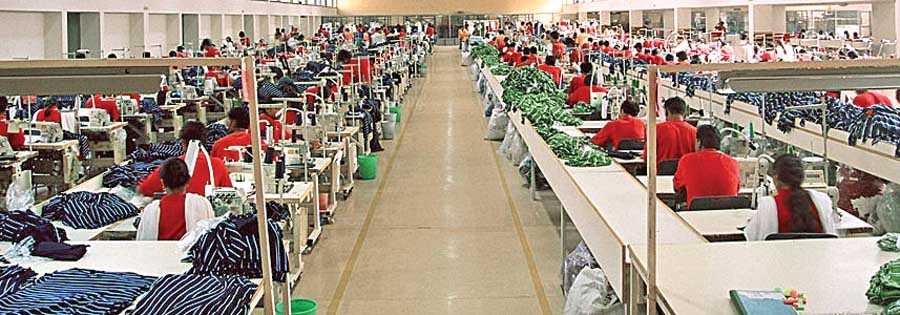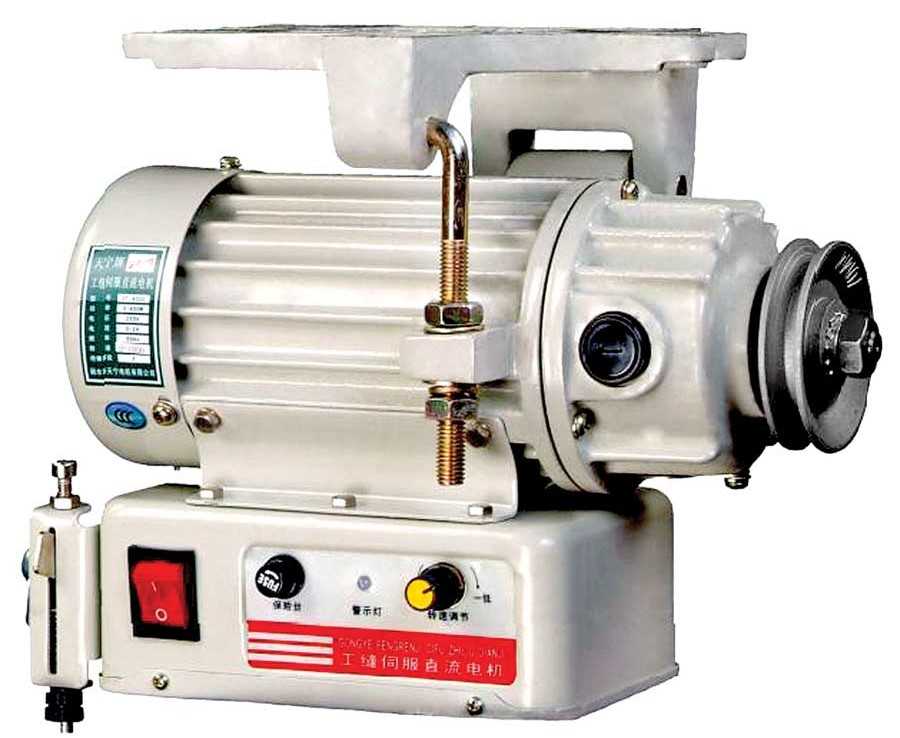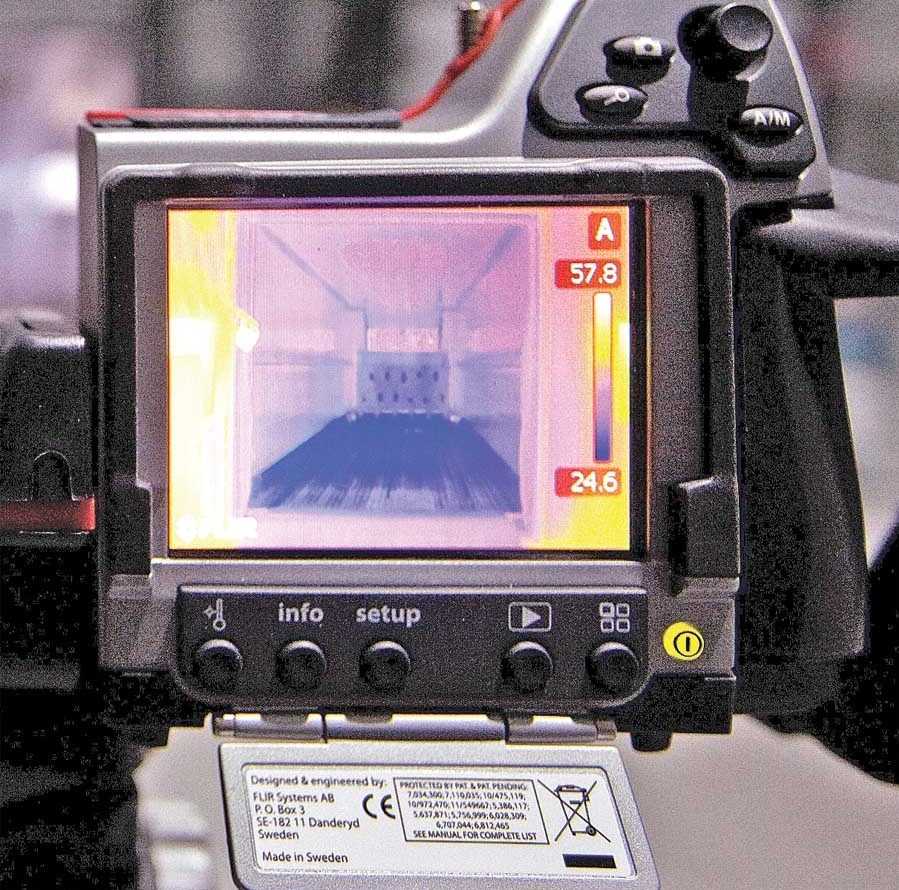
After raw material and labour, energy costs are the third largest component of the operations cost. Statistics such as these have urged apparel manufacturers to go beyond making few changes in electric fittings and equipments to save energy and go for comprehensive assessments or energy audits of their facilities to inspect and analyze the energy flows (in form of electricity and fuel) for energy conservation. Radnik Exports, Orient Fashions, MM Exports, Pee Empro Exports, Prathiba Syntex Ltd., Raymond Ltd., Technocraft, Banswara Syntex and Neetee Clothing, are a few apparel manufacturers across India that have undergone third party energy audits. The pursuit of energy efficiency continues as several factories have designated in-house energy auditors as well, who keep a constant tab on the energy consumptions. Typically an apparel manufacturer can save up to 10 to 25 per cent of the energy expenses without affecting the output of the facility. “We recently concluded a project with Saiham Knitwear in Bangladesh and were successful in reducing their energy consumption by 18 per cent,” explains Rishabh Kasliwal, Director, Kamal Cogent Energy, who is also a Bureau of Energy Efficiency (BEE) certified Energy Auditor.
The companies that have undergone energy audits appreciate the advantages of the process and its effectiveness in exposing and eliminating unnecessary energy costs. “Six months back we went for an energy audit at our premises to ascertain the leakages in our energy flows and tackle them more specifically. Even though the audit took a month to complete, the production work was not hampered,” says Animesh Saxena, Managing Director, Neetee Clothing. The company anticipates overall savings of 15 per cent to 20 per cent in the energy consumption, by reducing the fuel consumption of the boiler and generators, followed by replacement of lighting equipment and sewing machine motors with energy-efficient alternatives. Having completed the implementations lately, Neetee Clothing has already achieved about 50 per cent of the expected savings. The net investment in the process was Rs. 35 lakhs, the ROI of which the company expects to realize within two years. Even the factories that are already working towards sustainability opt for third party assessment with a meager investment of time and cost. “Though we had a department dedicated to monitor our energy consumption, we went for an energy audit two years ago for third party evaluation of our energy management systems. The auditors spent a week examining our vertically integrated facilities. Following this, a BEE qualified energy auditor has been on board with us as an internal auditor,” states Dhawal Mane, Assistant Manager, Sustainability Initiatives, Pratibha Syntex. It can be said that the time taken to conclude an energy audit for a factory with 100 machines varies from a week to 10 days as it depends on the expertise and experience of the auditor. A host of online tools for energy audit data collection and analyses are available that reduce the time taken further to conduct the audit. The cost of undertaking an energy audit has a fixed component of the consultancy charges of the third party auditing agency and a variable component, defined by the degree of changes required post-audit from buying direct-drive sewing machines to replacing lighting systems.
|
Table 1. Fundamental parameters against which a factory is audited |
|
Lighting |
Operational aspects |
|
Power consumption per light bulb/light fixture/day |
Records/Log Book for specific fuel consumption ( kwh/lts ) |
|
Type of ballasts in operation |
Provision of meter to record electricity output from DG |
|
Status of wiring (e.g. single switch for multiple lights) |
Provision to capture oil consumption |
|
Light load measurement system |
Maintenance schedule |
|
Air- Conditioning |
Electric Motors/ Pumps |
|
Number of air-conditioners and their rating |
Number and rated power of motors/ pumps |
|
Provision of energy meter for HVAC |
Rated efficiency and Measured efficiency |
|
Air-conditioning load connected to DG |
Power consumption |
|
DG Sets |
General aspects about building |
|
Number of DG sets |
Total electricity purchased from utilities |
|
Specification of DG sets: Rating, Volt, Amp, RPM |
Total electricity generated from DG |
|
Operational hours of DG per day |
Load distribution pattern (total lighting load, air-conditioning load and other loads) |
|
Status of bill payments on time/delay in bill payments, percentage paid |

Naturally, acquiring the skills of an Energy Auditor has gathered unprecedented significance as the pursuit of sustainable factories witnesses an upsurge, opening up a whole new non-traditional career option. The job of a Certified Energy Auditor (CEA) typically includes quantifying energy consumption, efficiency of energy conversion (energy and material balance), analyzing existing energy efficiency and consumption levels against energy efficiency norms set by the BEE, besides analyzing technical and financial feasibility of energy saving measures. Given the nature of the work, it is imperative for the applicant to have an engineering degree. Energy Auditor can choose to function independently as a third party auditor (or lead auditor) or be associated with a factory as an internal auditor. Table 1, enlists the fundamental parameters against which a factory is audited as per a questionnaire prepared by Green Stratos exclusively for apparel manufacturing factories.
Energy Auditor certification is awarded by the Indian Government under the aegis of BEE as well as several organizations accredited with international standards for providing training. In order to be certified as an Energy Auditor by the Indian Government, applicants have to go through a series of 4 papers based on general aspects of energy management and energy audit, energy efficiency in thermal and electrical utilities and energy performance assessments for equipment and utility systems, followed by a viva voce. Several institutes such as TERI and EMT offer preparatory classes for aspiring candidates to take up the certification exams. However, BEE has neither authorized any agency to conduct such preparatory training programs nor provides any guarantee on the quality of their training materials.

Aspirants can also opt for intensive short-term training programs offered by institutions accredited with international standards such as International Register of Certificated Auditors (IRCA) and International Organization for Standardization (ISO) such as BSI. Assessment at the conclusion of the program is followed by a certification.
However, the availability of so diverse a timeline of certification courses leaves the applicants perplexed and confused over which certification to choose. Industry experts aver that both the options hold well for the purpose of certification though it must be borne in mind that the certification agency decides the operational market for the individual. Such certifications definitely compound the credibility of an individual immensely, however while the BEE certified auditors are eligible to conduct audits throughout the country, the IRCA and ISO certified auditors gain acceptability at a global level. The per annum average salary of an Energy Auditor in India is Rs. 3,00,000 and goes up to Rs. 25,00,000 with experience.

Leave a Reply